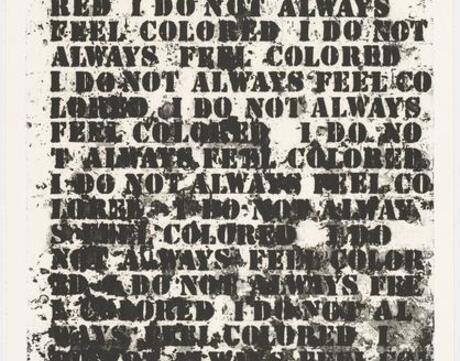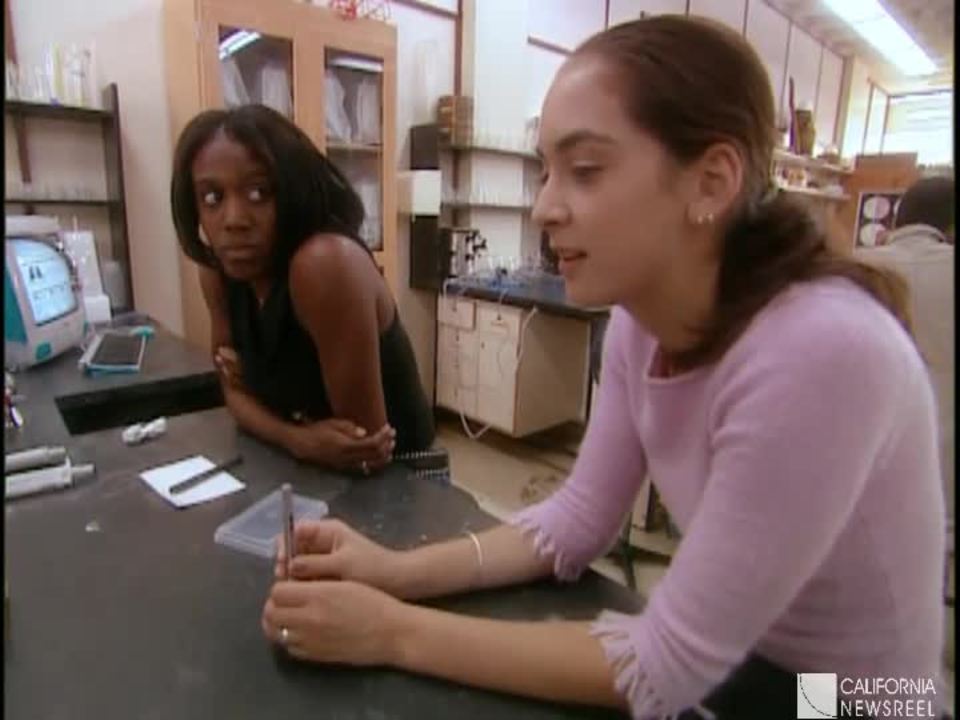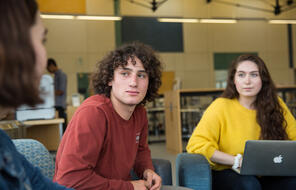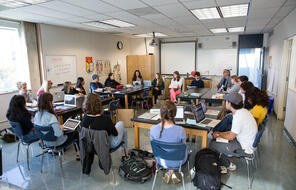
The Concept of Race
Duration
One 50-min class periodSubject
- History
- Social Studies
Grade
6–8Language
English — USPublished
Overview
About This Lesson
In the previous lesson, students began the “We and They” stage of the Facing History scope and sequence by examining the human behavior of creating and considering the concept of universe of obligation. This lesson continues the study of “We and They,” as students turn their attention to an idea—the concept of race—that has been used for more than 400 years by many societies to define their universes of obligation. Contrary to the beliefs of many people, past and present, race has never been scientifically proven to be a significant genetic or biological difference in humans. The concept of race was in fact invented by society to fulfill its need to justify disparities in power and status among different groups. The lack of scientific evidence about race undermines the very concept of the superiority of some “races” and the inferiority of other “races.”
Race is an especially crucial concept in any study of Nazi Germany and the Holocaust, because it was central to Nazi ideology. However, the Nazis weren’t the only ones who had notions about race. This lesson also examines the history and development of the idea of “race” in England and the United States.
Preparing to Teach
A Note to Teachers
Before teaching this text set, please review the following information to help guide your preparation process.
Lesson Plans
Activities
Assessment
Extension Activities
Materials and Downloads
Quick Downloads
Download the Files
The Concept of Race
Introducing the Writing Prompt
The Roots and Impact of Antisemitism
Unlimited Access to Learning. More Added Every Month.
Facing History & Ourselves is designed for educators who want to help students explore identity, think critically, grow emotionally, act ethically, and participate in civic life. It’s hard work, so we’ve developed some go-to professional learning opportunities to help you along the way.
Exploring ELA Text Selection with Julia Torres
On-Demand

Working for Justice, Equity and Civic Agency in Our Schools: A Conversation with Clint Smith
On-Demand

Centering Student Voices to Build Community and Agency
On-Demand












